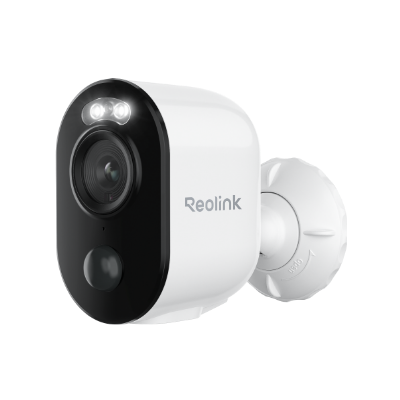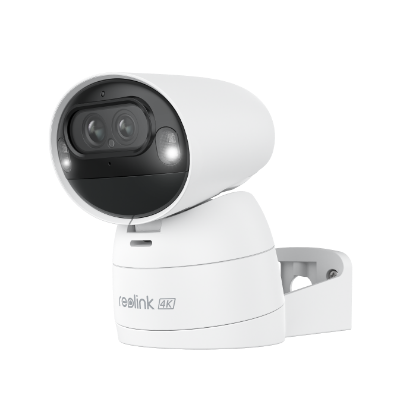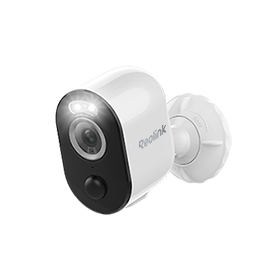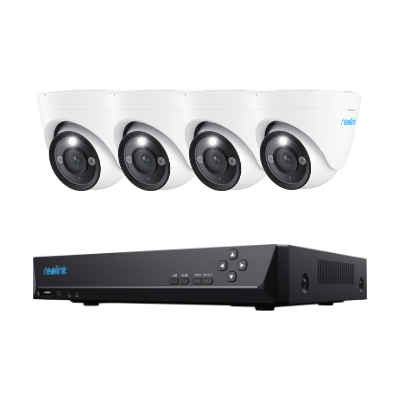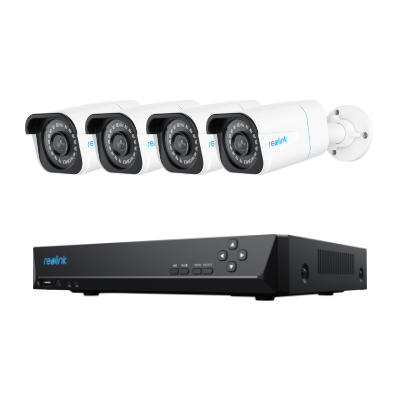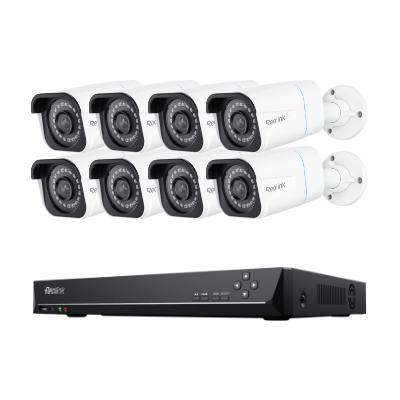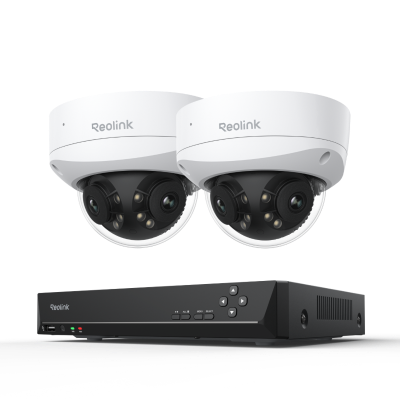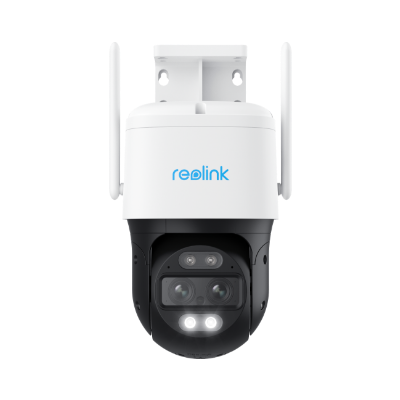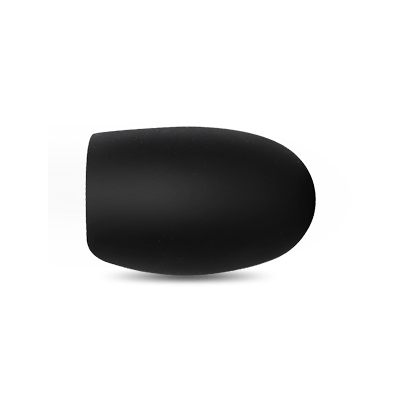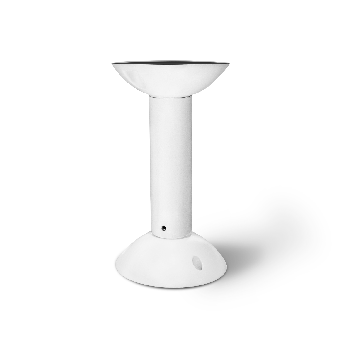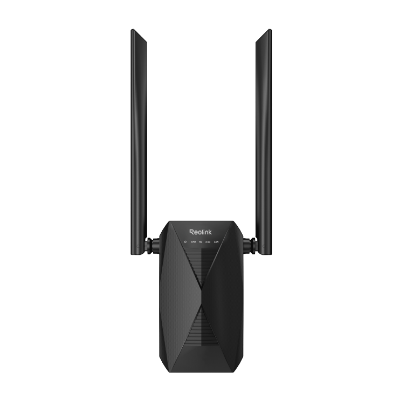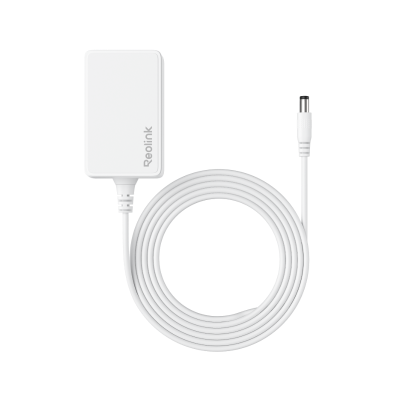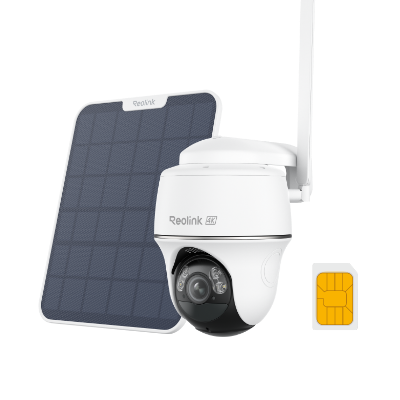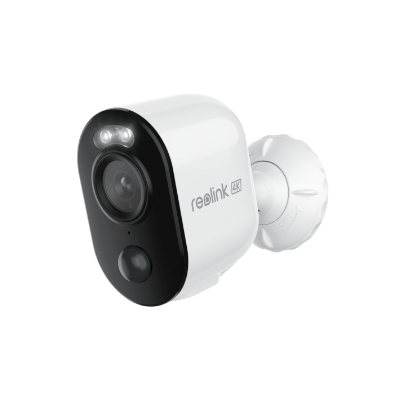Beehive Camera: The Ultimate Guide
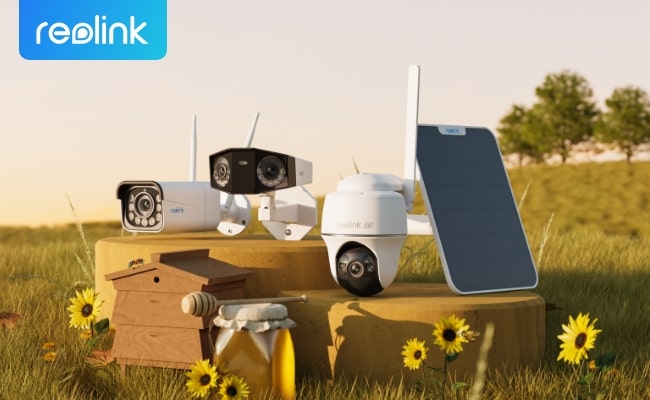
Beehive cameras, a modern marvel in apiculture, allow beekeepers to monitor the intricate world of bees within their hives. Through the live feed of beehive cameras, people can observe these vital pollinators' behaviors and daily activities. This article will explore the basics of beehive cameras, their significance in beekeeping practices, and their contribution to tracking the inside of a beehive.
What is a Beehive Camera?
A beehive camera is a security camera used to observe and monitor activities inside a beehive. These cameras are usually compact, weatherproof, and can be placed inside or near the hive to capture footage of bees and their behavior. These cameras often come with infrared technology to monitor in low-light conditions, and some may even offer live streaming capabilities for beekeepers to check on their hives remotely.
How Can a Bee Hive Camera Help Beekeeping?
Beehive cameras can facilitate beekeeping practices in several ways.
Monitor Bee Activity
A bee hive camera allows beekeepers to monitor the activity inside the hive without opening it. Thanks to the live streaming capabilities, beehive cameras also make Bee Live possible. Beekeepers can track the health and productivity of the bee colonies via the camera's live feed and observe the bees' behavior, feeding patterns, etc.
Detect Diseases and Pests
Beehive cameras can help detect diseases and pests that may be present in the hive. By reviewing the footage, beekeepers can identify unusual patterns or behaviors that may indicate a problem. The live feed of bee hive cameras allows beekeepers to take appropriate measures to treat or eradicate any diseases or pests that may be present.
Monitor Nest Temperature
Many bee hive cameras often have temperature sensors that can monitor the temperature inside the hive. The temperature is essential for maintaining the health of the bees and ensuring proper honey production. By checking the temperature regularly, beekeepers can adjust the hive insulation or provide additional ventilation if needed.
Observe Queen Bee Reproduction
Beehive cameras provide a window into the reproduction process of queen bees. Beekeepers can monitor the development of eggs and larvae, ensuring that the queen is laying eggs and that the colony is growing and reproducing normally.
Detect Intruders
Beehive cameras can also help detect intruders around hives, such as bears, foxes, or other predators, that may threaten the colony. By reviewing the footage, beekeepers can identify potential predators and take appropriate measures to protect their bees.
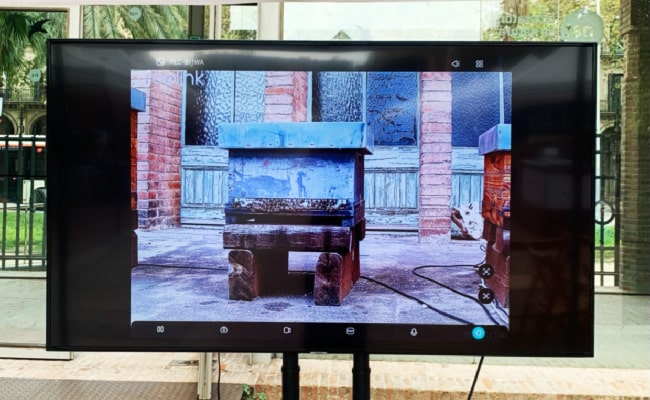
Best Beehive Camera Recommendation
Security cameras can be a valuable tool in monitoring beehives. Here, we recommend some of the best security cameras for beekeeping.
Best 4G Cellular Security Camera for Beekeeping: Reolink Go PT Ultra
Suppose your bee hive is far from WiFi routers, or it is hard to get an Internet connection. In that case, you can consider a 4G cellular security camera. The Reolink Go PT Ultra can be your first choice.
4K 8MP Wire-Free 4G LTE PT Battery Camera
4K 8MP; Smart Detection; 355° Pan & 140° Tilt; Battery/Solar Powered; Color Night Vision; Smart Real-Time Alert.
Its 4G LTE connectivity ensures seamless monitoring anywhere without relying on WiFi, offering proper mobility. The pan-tilt feature and 355° horizontal and 140° vertical rotation can capture every corner around your bee hive. The built-in infrared lights and 4K resolution help the camera deliver crystal-clear footage in low-light conditions without disturbing the bees' activity at night.
Best WiFi Security Camera for Beekeeping: Reolink Argus 3 Ultra
Suppose you have WiFi routers around the hive. In that case, you can choose a powerful WiFi security camera to monitor the bees' activity. The Reolink Argus 3 Ultra, a weatherproof and 4K Ultra HD camera, offers unparalleled clarity in day and night vision. Equipped with dual-band WiFi options, it ensures stable connectivity for remote monitoring. You can view the bees living around the hive from anywhere with an Internet connection.
4K 8MP Standalone Wire-Free Camera
4K 8MP; Smart Detection; 5/2.4GHz Dual-Band WiFi; Battery/Solar Powered; Color Night Vision; Alerts Without Subscription.
Features to Look for in a Beehive Camera
When looking for a beehive camera for farm, some essential features should be considered.
- Image Quality: A good beehive camera should have high-resolution image quality to provide clear, detailed footage of the hive's interior. Higher resolutions, like 4K or 8K, allow beekeepers to observe and assess the bees' activity and health accurately.
- Night Vision Capability: Bees are active during the day and night, so choosing a camera with night vision capabilities is essential. Cameras equipped with infrared technology are better suited for monitoring bees, even though they provide only black-and-white night vision. On the other hand, cameras offering color night vision come with built-in spotlights that could disrupt the natural activities of bees due to the increased illumination they provide.
- Temperature Monitoring: As mentioned earlier, temperature monitoring is crucial for beekeeping. Look for a beehive camera that includes a temperature sensor and provides real-time temperature readings. For this purpose, a thermal camera is better for beekeeping.
- Waterproof Design: Beehives are often located in outdoor environments, so it's crucial to choose a camera with a waterproof design that can withstand exposure to rain, snow, or humidity. This will ensure the camera's longevity and reliable performance in various weather conditions.
- Power Options: Consider the camera's battery life and power options. A camera with long battery life and solar-powered capabilities can ensure continuous hive monitoring without frequent battery replacements. In contrast, a wired security camera is unsuitable for beekeeping due to wiring restrictions in outdoor spaces.
Types of Beehive Camera
Many security camera types can be used as beehive cameras; each has its style and specific features.
Thermal Beehive Camera
Thermal cameras can be used as beehive cameras. While they don't provide the same visual detail as regular cameras, thermal imaging can detect heat signatures. In a beehive, this can be useful for observing overall hive activity, locating clusters of bees, and even identifying potential issues such as overheating or abnormalities in temperature distribution within the hive.
Infrared Beehive Camera
IR cameras are designed to capture images in low-light or nighttime conditions. They are equipped with IR LEDs that emit infrared light, which is not visible to the human eye but can be detected by the camera's IR sensor. IR cameras are handy for the night monitoring of beehives.
Wireless Beehive Camera
To see the bees live, many beekeepers will opt for IP cameras. IP cameras allow live streaming via smartphones or computers from anywhere with an Internet connection. For beekeeping, there are two popular Internet connection methods:
- WiFi: WiFi security cameras can be connected to the router near the beehive, allowing for remote access and helping beekeepers eliminate the hassle of extra wiring and installation jobs.
- 4G: Using cellular networks, the independence of 4G cellular cameras from WiFi makes them suitable for locations without reliable internet access. Suppose the locations of beehives are remote and can not access an Internet connection. The 4G cellular cameras can be a better choice in that case.
What's Inside of a Beehive
Hive structure and bee roles inside a beehive are both complex and fascinating. Many people are curious about them, while others might thoroughly instruct the hive's internal structure. So, what will a beehive camera capture when installed inside hives?
- Hive Structure: The beehive is carefully organized and divided into different sections. The outer walls of the hive are known as the comb, and they are made up of beeswax. The comb is where the bees store their honey and pollen. Inside the comb are several hexagonal cells, each of which is used to house a larva or a bit of honey. At the hive's center is a space known as the honey super, where the bees store surplus honey.
- Bee Roles: Inside the hive, there are three main types of bees: the queen, the worker bees, and the drones. The queen bee is responsible for laying eggs and producing new bees. She is larger than the worker bees and has a more extended abdomen. The worker bees are female bees that do not lay eggs but instead assist the queen in caring for the larvae and maintaining the hive. They have a shorter abdomen and are smaller than the queen. The drones are male bees whose primary role is to mate with the queen. They have larger abdomens than worker bees but are still smaller than the queen.
Importance of Bees and Beekeeping in Daily Life
The bees are a vital part of our ecosystem. They pollinate one-third of the food we consume.
- Pollination and Food Production: Bees are crucial in pollinating flowering plants, essential for producing food crops. Through pollination, bees help improve the yield and quality of fruits, vegetables, and other agricultural products.
- Ecosystem Protection: Bees are essential pollinators and contribute to the health and diversity of plant communities. They help to maintain the balance of natural ecosystems by pollinating flowering plants, which support wildlife and provide habitats for various species.
- Honey Production: Beekeeping is a traditional agricultural practice that harvests honey from bees' hives. Honey is a natural sweetener with numerous health benefits, such as providing energy, soothing coughs and colds, and promoting wound healing.
- Bee Products: Apart from honey, bees produce other valuable products such as beeswax, royal jelly, and propolis. These products have various applications in cosmetics, healthcare, and traditional medicine.
- Education and Recreation: Beekeeping can also be an educational tool for children and adults, providing opportunities to learn about nature, ecology, and sustainable agriculture. Additionally, beekeeping can be a recreational activity for those interested in nature and agriculture.
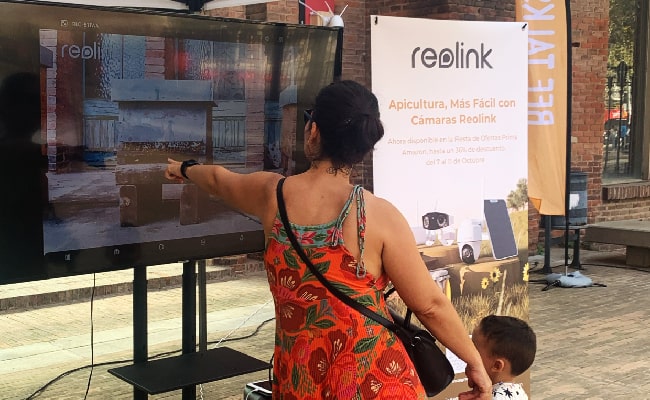
Reolink in Action: Reolink x BCN Honey Fest
Reolink is quite aware of the significance of bees and beekeeping in our daily lives and has taken action accordingly. Our collaboration with BCN Honey Fest 2023 marks a significant stride in our commitment to fostering community engagement and promoting our brand ethos as a reliable security camera service provider. By joining forces with this esteemed festival, we're not just showcasing our products but also aligning with the values of sustainability and care for nature.
Reolink and the BCN Honey Fest 2023 collaboration allows communities to connect with the security camera brand. It helps Reolink foster positive brand associations, increase visibility, and build trust among consumers who appreciate brands that actively contribute to meaningful causes.
FAQs
Can I put a camera inside a beehive?
Yes, you can put a camera inside a beehive for monitoring purposes. However, ensuring that the camera doesn't disturb the bees or interfere with their natural behavior is crucial. You can choose a camera that won't produce heat or emit substances that could harm the bees.
How do I make a DIY beehive camera?
To create a DIY beehive camera, start with a small, weatherproof camera suitable for indoor use. Attach it securely inside the hive using non-toxic adhesives or mounts and ensure it doesn't obstruct the bees' movement. Connect the camera to a power source, recording device, or streaming platform to monitor hive activity.
What does the inside of a bee hive look like?
Inside a beehive, you'll find hexagonal cells made of beeswax arranged in comb-like structures. These cells store honey pollen and serve as chambers for developing bees. The hive also houses a complex social system where bees communicate through dances and maintain a precise temperature for the colony's well-being.
Conclusion
Beehive cameras have empowered beekeepers worldwide to monitor bee activity, health, and productivity remotely and have contributed significantly to the preservation and advancement of apiculture. If you are a beekeeper, will you install a beehive camera inside or around the hive? Please share your thoughts with us in the comment section below! We'd love to hear from you!
- Farm Security Cameras — How to Choose the Best One
- The Top 6 Solutions for Rural Home Security System
- Barn Cameras For Your Horse, Stable & Livestock
- Off-Grid Security Cameras: Secure Remote Properties with No Power Supply & Internet
- Security Cameras Without Power Supply: Top Picks & Step-by-Step Guide to Run Power Cables
Search
Subscribe for the Latest Updates
Security insights & offers right into your inbox







































